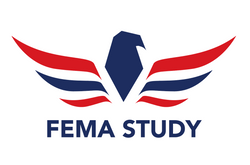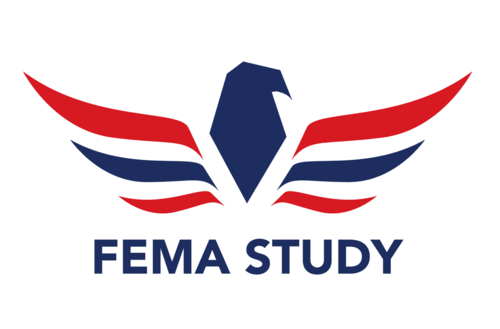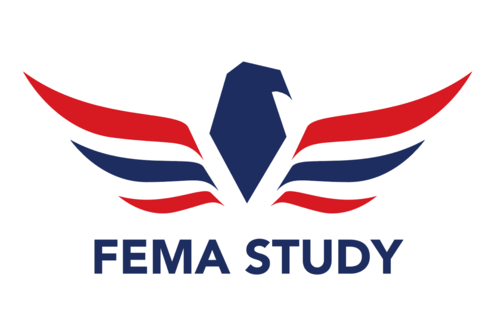IS-830: Introduction to NRF Incident Annexes
This study guide includes all correct answers for IS-830: Introduction to NRF Incident Annexes
Course Overview
The National Response Framework (NRF) presents the guiding principles that enable all response partners to prepare for and provide a unified national response to disasters and emergencies from the smallest incident to the largest catastrophe.
As part of the NRF, Incident Annexes address the unique aspects of how we respond to seven broad incident categories (e.g., Biological, Nuclear/Radiological, Mass Evacuation). The overarching nature of functions described in these annexes frequently involves either support to or cooperation of all Federal departments and agencies involved in incident management efforts to ensure seamless integration of and transitions between preparedness, prevention, response, recovery, and mitigation activities.
Course Objectives:
Upon completing this course, the participant will be able to:
- Describe the purpose of the NRF Incident Annexes.
- Identify the roles and responsibilities of response partners for supporting incident management.
- Describe the coordinating procedures and mechanisms set forth in each NRF Incident Annex.
Primary Audience
This course is intended for government executives, private-sector and nongovernmental organization (NGO) leaders, and emergency management practitioners. This includes senior elected and appointed leaders, such as Federal department or agency heads, State Governors, mayors, tribal leaders, and city or county officials those who have a responsibility to provide for effective response.
Prerequisites
IS 800, National Response Framework, An Introduction (note: IS 800, IS 800.a or IS 800.B are acceptable).
CEUs:
0.1
For more information regarding this course please visit https://training.fema.gov/is/courseoverview.aspx?code=IS-830


